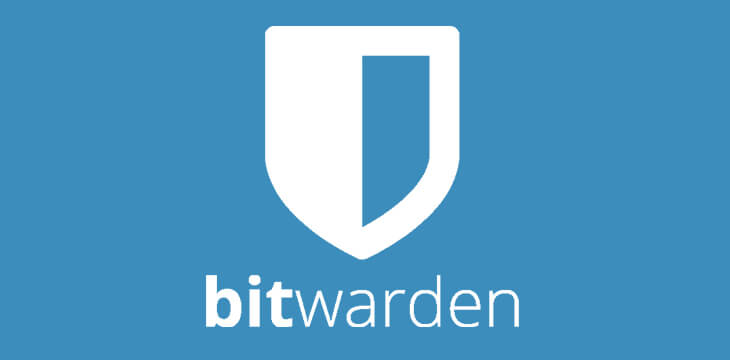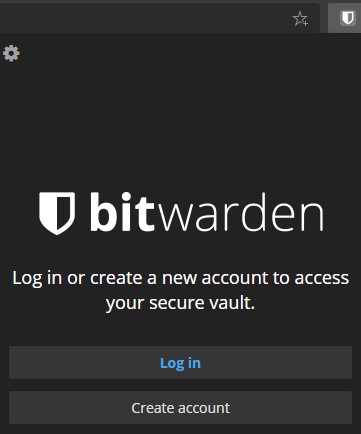Bitwarden

Discover how to store passwords securely whilst keeping them all random.
Introduction
Why is a password manager important?
Password managers take the headache out of creating and remembering strong complicated passwords. That’s it. With websites being hacked all the time and their users’ passwords posted online, it is important to have different password for each site. This is where a password manger comes in. It will generate a strong randomised password for you and store it. Then when you need to login you use it to fill in the password without ever needing to see or type it.
Have your details already been posted online?
See my other post to check if your passwords have already been leaked online and how to be notified of future leaks online.
The post can be found here
1 Installing Bitwarden
To install bitwarden you typically need two things.
- An account registered on their website
- The client installed on more or more devices you use
1.1 Create an account
Firstly, go to https://vault.bitwarden.com/#/register and create a new account.
The password should be a strong one that you have not used anywhere else before.
1.2 Install the client
Once you have an account you need to install the client. To install bitwarden go to https://bitwarden.com/download and select the browser you use to surf the web. Follow the instruction to install the browser addon. Once it has finished you will see a new shield icon on the top of the browser window, usually the right hand side. Click this and login:

For ease of use it is worth changing one of the default setting to enable the add-on to auto-fill usernames and passwords if one is saved in your vault. To do this: - Open the Bitwarden browser add-on - Select Settings (lower right menu option - Scroll down and select Options - Tick 'Enable Auto-fill On Page Load' - Close the add-on window
1.3 Changing passwords
Now that you have everything installed you should test logging in and out to verify you have the password remembered correctly.
Next, add the login details for a none essential website to test. There are guides here to help: https://bitwarden.com/help/getting-started/
Once you are comfortable being able to log in to both bitwarden and then using the bitwarden browser extention to fill in your username and password it is time to start changing your passwords on websites.
The way I do this is:
- Log into a website with your existing (old) password
- Find the page on the website were you can change the password
- Open Bitwarden and manually add a new entry by selecting the + icon, making sure to press the ‘Generate Password’ icon to make a new one.
- Change the ‘website’ field to just show the base url. e.g. https://members.amazon.co.uk would become amazon.co.uk as this will allow the add-on to work across all of the site not just sections of it.
- Next, open the Bitwarden window, select the key icon to copy the new ramdom password, then paste it into the websites change password fields.
- Finally, log out of the website and log back in.
If everything works as expected, Bitwarden should automatically paste the username and ramdomised password into the website for you.
Don't worry, you don't have to remember the password if gives you!